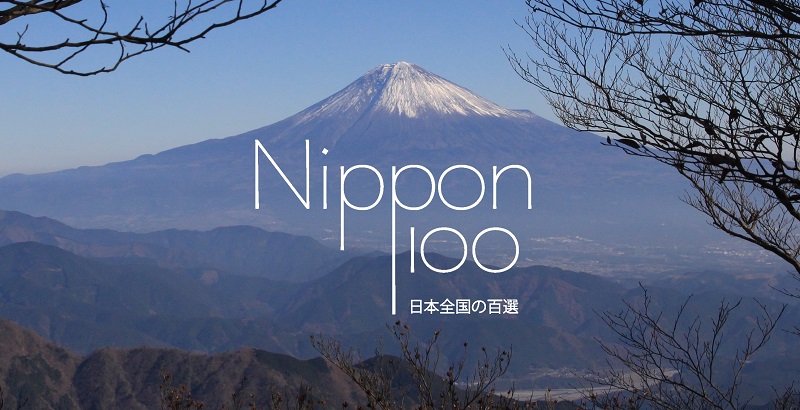If Osaka is often described as the food capital of Japan, Beppu is definitely the hot springs – or onsen – one! The coastal city of Eastern Kyushu, in Oita prefecture, boasts itself with the biggest spring water output among all of Japan’s numerous onsen resort. The city is a huge one, not so easy to understand at first, where onsen are for bathing, sightseeing or even cooking. But once you get used to the steamy landscape of Beppu, which is one of the 100 Heisei ones, it becomes difficult to leave that onsen paradise.
Just like a white sulfuric onsen, Beppu is somehow opaque. But, and the same applies for the hot spring, it would be a mistake note to try and enter in. Beppu is often introduced as the capital city of hot spring, which means a lot in a country like Japan where bathing culture is everywhere and essential.
But Beppu is a wide city too. Featuring seven hells – hot spring for viewing only – and eight regular onsen areas – for bathing. Both of them being often mingled in brochures or blog posts. So here what you should know before coming:
- Beppu is huge. It is not a small onsen resort where one is able to walk around in yukata. Strolls in yukata are of course worth considering, but it is not possible to enjoy everything by walking only – as distances are substancial. A bus network is also available but a rental car is, in our opinion, the best option.
- Beppu’s hell, called the jigoku, are touristic attractions made for sightseeing and featuring stunning hot spring pools. Some are naturally colored, other are really hot… They are officially 8 of them, but the convenient 2000 yen joint ticket is covering only the 7 most popular. Among these seven, five are really close to each-other, a short walk away.
- Eight regular onsen areas are to be found in Beppu, which are altogether labelled Beppu Hatto. Each one is offering its own kind of water, available in many bath houses, from communal ones to luxurious bath houses. The numbers are impressive: there are 2800 onsen in Beppu – onsen in the meaning of bath houses providing hot springs water.
- Moreover, Beppu is also famous for the sand baths, which are also famous in Kagoshima, and for the Hell Steam Cuisine.
- Lastly it is important to note that one of the eight onsen area – the closest from Beppu station and confusedly named “Beppu Onsen” is also the red light district of the city. Interestingly enough, many hotels and ryokan are located there, as is Takegawara, an iconic bath house dating back from 1879.

 |
 |

Beppu’s hells
Main sightseeing attraction of Beppu, several jigoku are worth the visit, in an exuberant mix of hot springs, museums, steaming pipes, unexpected exhibition… One of them is even dedicated to crocodiles, living in a couple of overpopulated pools – which wasn’t the best we found in Beppu.
Beppu’s hell are also where “Japan’s first sightseeing buses with female guides” were launched, back in 1927. Which is another proof of the city being a key place in the country.
The most famous is Umi Jigoku, with its cobalt blue waters located in a park also featuring giant waterlilies and a steam-heated beautiful greenhouse. The most historical one, whose 78°C-hot red water pool appeared naturally a long time ago, is Chinoike Jigoku. Some cosmetics are even produced using the last one mud.




 |
 |





The main jigoku area is also the one featuring the Hell Steam Cuisine. A local tradition using the natural heat of the onsen‘s steam to cook the dishes. Everyone can give it a try at the Jigokumushi Kobo Steam Cooking Center, after buying one or several food tickets at the machine. This way of cooking is an healthy one, keeping every nutriments and flavors and using only natural heat!

 |
 |
Time to bath in Beppu Hatto
We visited several baths in several areas of Beppu, and would definitely like to come again to discover more. As for now, our favorite water is Myoban Onsen’s, in the most remoted onsen area of Beppu, up in the mountain. We tried the water two years ago in the labyrinth-like Hoyo Land. And we had the chance to soak in it again, but in a far smaller onsen – a connoisseur one – whose features are three family baths only. This gem is called Oku Myoban Sanso.




 |
 |

 |
 |

Among Beppu’s numerous baths, steam (see above – Mushiyu history began in 1276!) and sand one are also available. We truly enjoyed the last one, facing the sea!

 |
 |

The sand baths are available in several places, including Takegawara, the 19th century bath house with a wonderful facade. But the most famous one is definitely the well named Beppu Beach Sand Bath, facing the inner sea just above Shoningahama beach. A warm sand bath of about 10 to 15 minutes, to be enjoyed while keeping a yukata, is a great way to fall asleep relax! After rinsing in the shower, be sure to enjoy the small onsen to be found in the same room!
As a conclusion, we enjoyed a lot Beppu and are really willing to come again to discover more waters and onsen! The wide city is also a charming and popular one, with an unusual yet photogenic architecture and many fumaroles. Perfect for a quiet stroll after a relaxing bath.





How to get there?
From Tokyo, Beppu is far away, a long six-hours train ride away – with a change in Kokura to take the Sonic Limited Express after the shinkansen. The trip is far shorter by plane, with either ANA or JAL or low cost companies like Jetstar Japan or Solaseed – the fares beginning around 5000 yen with the last ones!
















